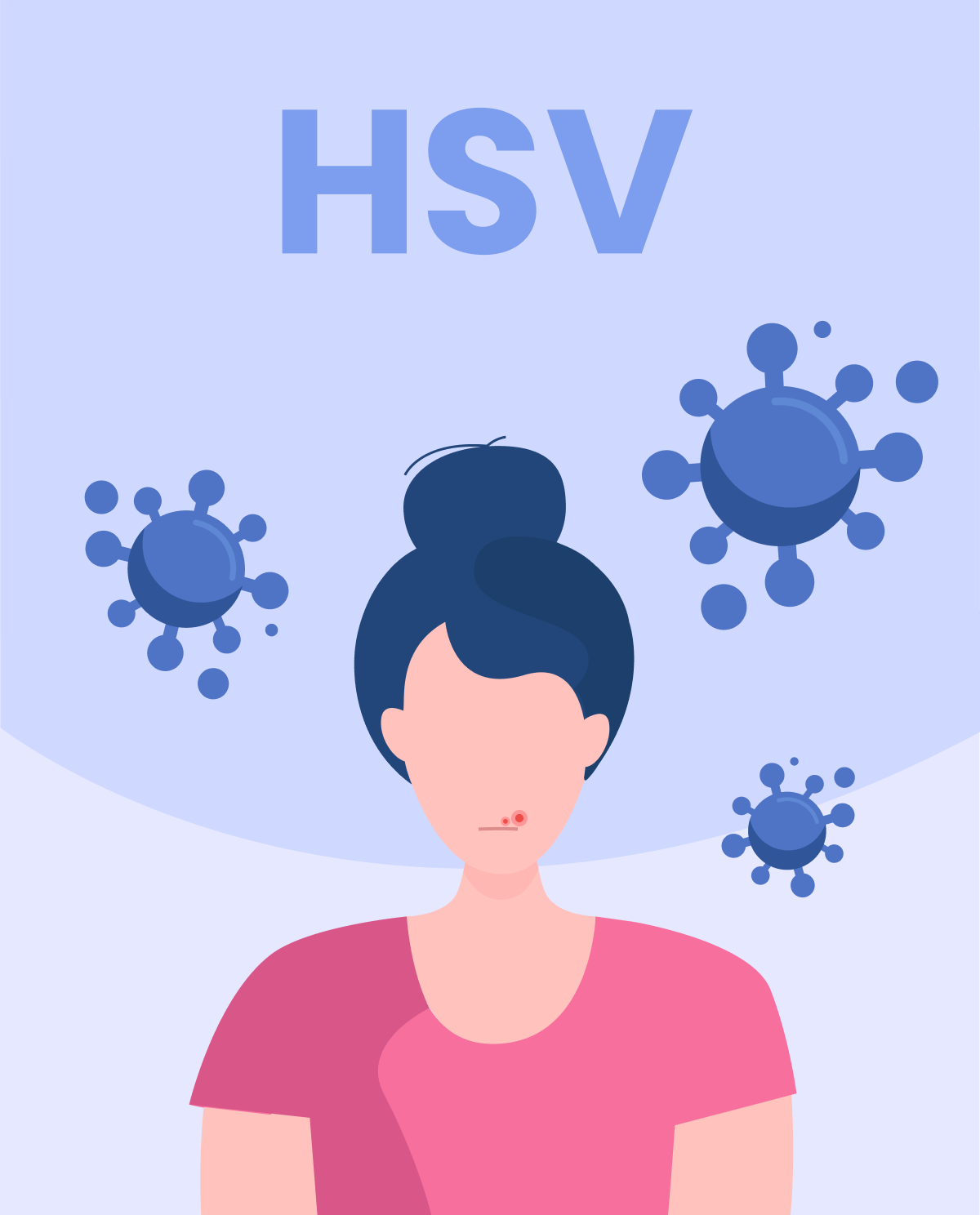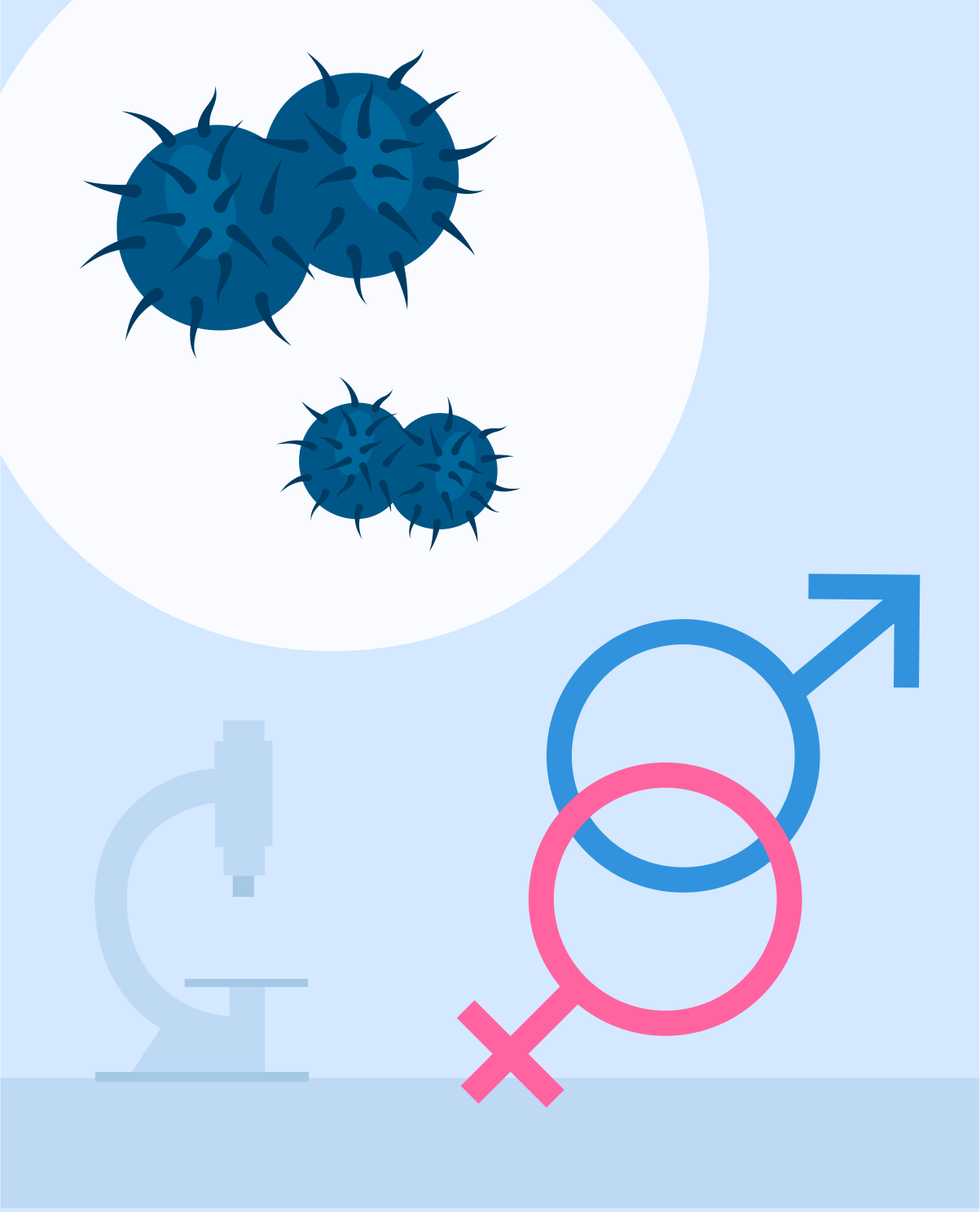Signs and symptoms of HIV
In the early stages of HIV infection, many people experience no symptoms or mild symptoms that are easily overlooked or mistaken for other illnesses. However, as the virus progresses and the immune system becomes more compromised, a variety of symptoms and complications can arise:
- Flu-like symptoms: During the first few weeks, many people experience flu-like symptoms.
- Rash: itchy, red, or flaky.
- Oral thrush: A fungal infection in the mouth that appears as white lesions on the tongue, gums, or throat.
- Fatigue.
- Weight loss: Rapid weight loss can occur as the virus progresses and the immune system becomes more compromised.
- Night sweats.
- Persistent diarrhea: Chronic diarrhea is a common symptom of advanced HIV infection.
- Opportunistic infections: As the immune system becomes more compromised, HIV-positive individuals are at greater risk of developing infections that would not typically cause illness in people with healthy immune systems, including pneumonia, tuberculosis, and certain types of cancer.
It's important to note that the symptoms of HIV can vary greatly between individuals, and not everyone with HIV will experience the same symptoms or severity of symptoms. If you suspect that you may have been exposed to HIV, it is important to get tested as soon as possible, regardless of whether you have symptoms. Early diagnosis and treatment can improve outcomes and help prevent the spread of the virus to others.
Diagnostic methods of HIV
The diagnosis of HIV involves a few different steps described below:
- HIV Testing: The first step is to get an HIV test, which usually involves a blood test or an oral fluid test. There are different types of HIV tests, including rapid tests that provide results in as little as 20 minutes, and laboratory tests that take a few days to produce results. HIV testing can be done at a healthcare provider's office, community health clinic, or public health department.
- Confirmation Testing: If the initial HIV test is positive, a second test will be performed to confirm the diagnosis. The confirmatory test is usually a Western blot or an indirect immunofluorescence assay (IFA).
- Viral Load Testing: After an HIV diagnosis is confirmed, viral load testing may be done to determine the amount of HIV in the blood. This test can help monitor the effectiveness of treatment and disease progression.
- **CD4 T-Cell Countv: The CD4 T-cell count is another important test that helps monitor the progression of HIV. This test measures the number of CD4 T-cells in the blood, which are a type of white blood cell that helps the immune system fight off infections.
Treatment of HIV
The treatment of HIV involves the use of antiretroviral therapy (ART), which is a combination of medications that target different stages of the virus's life cycle. The goals of HIV treatment are to reduce the amount of HIV in the blood (viral load), boost the immune system, and prevent the progression of the disease. The medications used in ART can be divided into several classes, including nucleoside reverse transcriptase inhibitors (NRTIs), non-nucleoside reverse transcriptase inhibitors (NNRTIs), protease inhibitors (PIs), integrase inhibitors (INSTIs), and entry inhibitors. Typically, a combination of three or more medications is used to treat HIV. ART is highly effective at controlling HIV and can help people with HIV live long, healthy lives. However, it's important to take ART exactly as prescribed and to see a healthcare provider regularly for monitoring and follow-up. ART can have side effects, and some people may need to switch medications or adjust their dosage to manage these side effects. In addition to ART, healthcare providers may recommend other medications to treat and prevent opportunistic infections that can occur in people with HIV. It's also important to adopt healthy lifestyle habits, such as eating a balanced diet, getting regular exercise, and avoiding smoking and excessive alcohol consumption, to help manage HIV and its complications.
Living with the disease
With appropriate medical care and treatment, many people with HIV can live long, healthy lives and have a normal life expectancy. In fact, advances in HIV treatment have made it possible for people with HIV to achieve undetectable viral loads. When a person achieves and maintains an undetectable viral load, they cannot transmit the virus to others through sexual contact. This is commonly referred to as undetectable and thus untransmittable. While HIV is a chronic condition that requires ongoing medical care, people with HIV can lead fulfilling lives and participate fully in daily activities, including work, school, and social events. It's important for people with HIV to work closely with their healthcare providers to manage their condition and receive appropriate medical care, including regular monitoring and follow-up. Additionally, it's important to adopt healthy lifestyle habits, such as eating a balanced diet, getting regular exercise, and avoiding smoking and excessive alcohol consumption, to help manage HIV and its complications.








